
Flora and Fauna
Flora and Fauna
The Desert Conservation Program
Under the Clark County Department of Environment and Sustainability, the Desert Conservation Program (DCP) was created in response to the emergency listing of the Desert Tortoise under the Endangered Species Act (ESA). Through the Multiple Species Habitat Conservation Plan (MSHCP), and the ESA, the DCP works to create species conservation actions, permitting processes, and plans to offset developmental impacts within Clark County. To learn more about the Desert Conservation Program, please visit their website.
The Endangered Species Act
The purpose of the Endangered Species Act is to protect and recover imperiled species and the ecosystems upon which they depend. Under the Act, a species may be listed as either threatened or endangered. The Act stipulates that it is illegal to “take” any threatened or endangered animal species. To learn more about the Act, please visit the U.S. Fish and Wildlife Service’s website.
Clark County Covered Species
The Clark County MSHCP addresses the conservation needs of 78 species: 4 mammals, 8 birds, 14 reptiles, 1 amphibian, 10 invertebrates, and 41 plants. If you would like to see the full list of covered species, please visit the Clark County Desert Conservation Program website.
Below are images of our ecosystem’s sensitive species.

Desert Tortoise
Gopherus agassizii
State Status: Threatened reptile

Southwestern willow flycatcher
Empidonax traillii extimus
State Status: Endangered bird
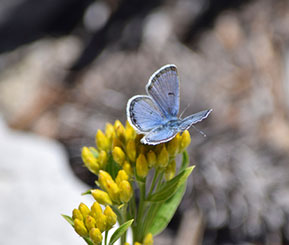
Mount Charleston blue butterfly
Icaricia shasta ssp charlestonensis
State Status: Endangered invertebrae
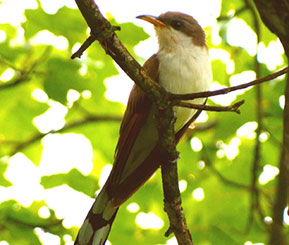
Yellow-billed cuckoo
Coccyzus americanus
State Status: Sensitive bird
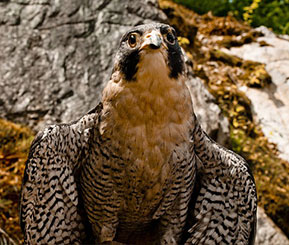
American peregrine falcon
Falco peregrinus anatum
State Status: Endangered bird
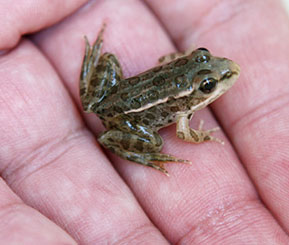
Relict leopard frog
Rana onca
State Status: Protected amphibian
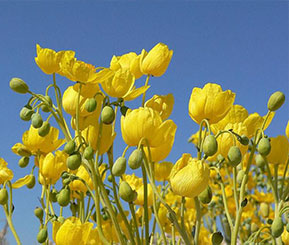
Las Vegas bearpoppy
Arctomecon merriamii
State Status: Fully protected flora
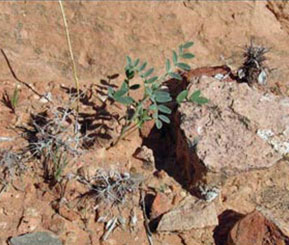
Threecorner milkvetch
Astragalus geyeri var. triquestrus
State Status: Fully protected flora
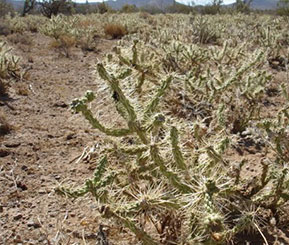
Blue diamond cholla
Cylindropuntia multigeniculata
State Status: Fully protected flora
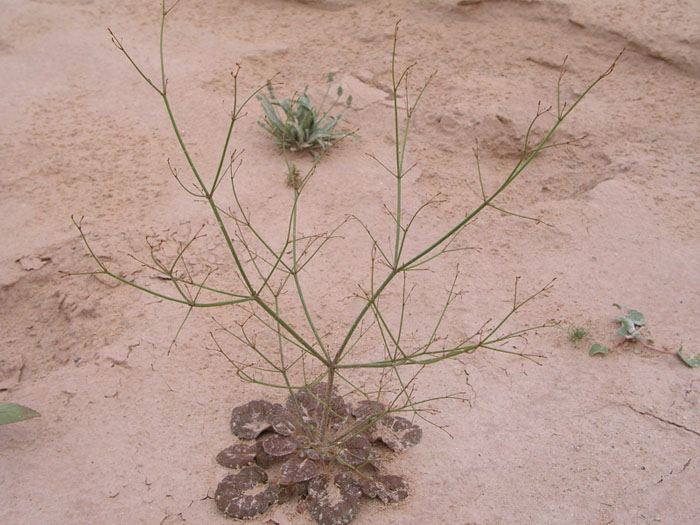
Sticky buckwheat
Eriogonum viscidulum
State Status: Fully protected flora
Images courtesy of:
Bureau of Land Management
Las Vegas Review Journal
The Nature Conservancy
National Park Service
Bird and Hike
Cacti Guide
Lower Colorado Multi-Species Conservation Program
Quick Links
Other Links
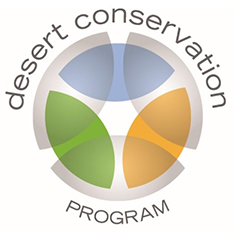
The DCP implements actions to ensure survivability of covered species in the wild.
Hikes and Trails
Even though Desert Tortoises don’t do a lot of hiking, Mojave Max has gathered up a few of his favorite hikes and trails for you to explore.

